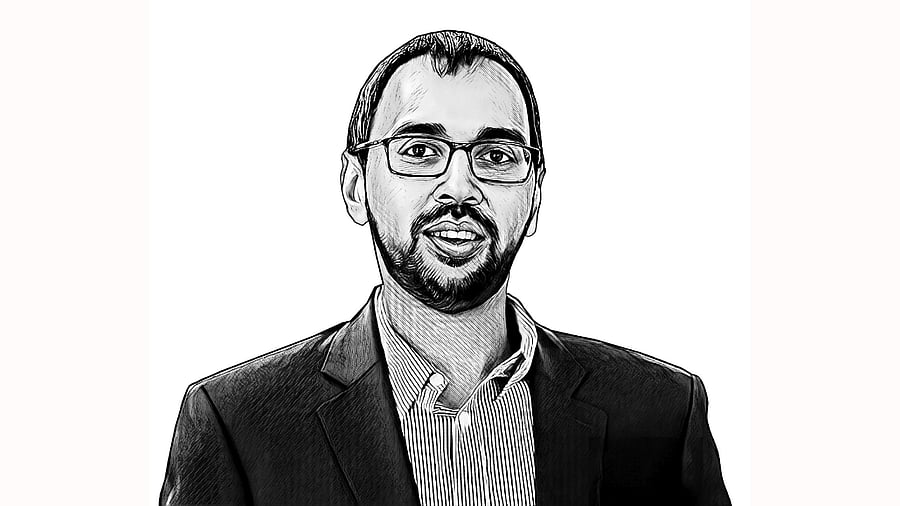
Arihant Bardia CIO and Founder Valtrust
Credit: Special Arrangement
The Trump administration’s recently announced 90-day pause on tariffs has triggered a wave of uncertainty across global markets. For high-net-worth individuals (HNIs) and seasoned investors, this period of ambiguity isn’t a time to sit idle. It’s an opportunity to be tactical. Short-term, low-risk instruments like liquid ETFs and arbitrage funds offer a timely solution with capital protection, efficient taxation, and the flexibility to move swiftly once market clarity returns.
When markets wobble, the instinct for many is to pull back and hold cash. But holding cash in a savings account is an inefficient strategy, especially when smarter short-term instruments can deliver 6–7% annualised returns with minimal risk. The key lies in selecting vehicles that combine safety, liquidity, and operational ease, which is where liquid ETFs and arbitrage funds step in.
Liquid ETFs invest in overnight or ultra-short-term debt securities, offering investors returns in the range of 6–6.5% with the benefit of same-day liquidity. These funds can be bought and sold during market hours, allowing for faster deployment into equities or other opportunities as soon as sentiment shifts. For investors who want to keep their capital productive while staying ready to act, liquid ETFs present a compelling proposition.
Arbitrage funds, meanwhile, exploit pricing inefficiencies in the market by simultaneously buying and selling securities. These funds carry minimal risk and have delivered consistent returns around 7% in recent months. More importantly, they are taxed as equity instruments — a significant advantage in the current regulatory environment, especially for those in higher tax brackets. The reclassification of debt fund taxation in recent budgets has drastically altered the post-tax return landscape, making arbitrage strategies increasingly attractive.
This 90-day pause offers the perfect match for these instruments’ maturity and liquidity profiles. Investors can allocate capital for the short term, capture stable returns, and be ready to redeploy once volatility subsides or market direction becomes clearer. Rather than letting capital stagnate, this approach ensures that the money continues to work even while broader portfolio decisions are temporarily deferred.
It’s important, however, to evaluate liquidity requirements and fund structures before investing. While liquid ETFs offer near-instant liquidity, arbitrage funds may take slightly longer to redeem and could involve an exit load if withdrawn prematurely. Portfolio allocation should be planned accordingly, with a focus on aligning product selection with specific financial objectives and time horizons.
This isn’t about abandoning debt instruments altogether though, they still serve a crucial role in portfolio stability. But in the face of shifting tax dynamics and geopolitical volatility, alternative vehicles like liquid ETFs and arbitrage funds provide a smarter way to navigate the near term.
The takeaway for investors is that don’t let the next three months be a period of inaction. Use this pause strategically. Park idle cash in short-term instruments that offer both returns and readiness. In a climate where uncertainty is the only constant, flexibility and foresight will define portfolio success.